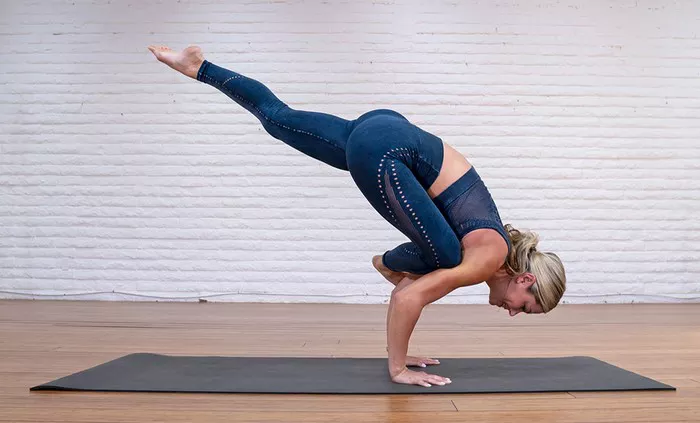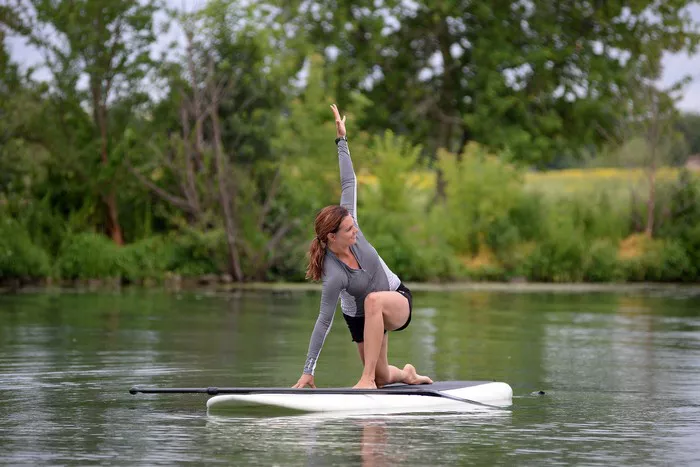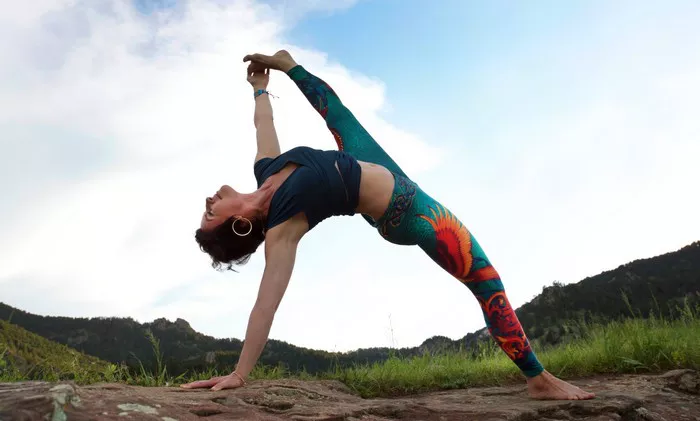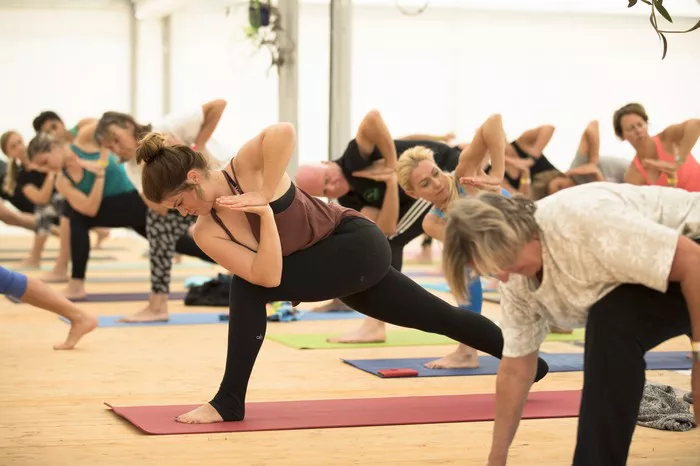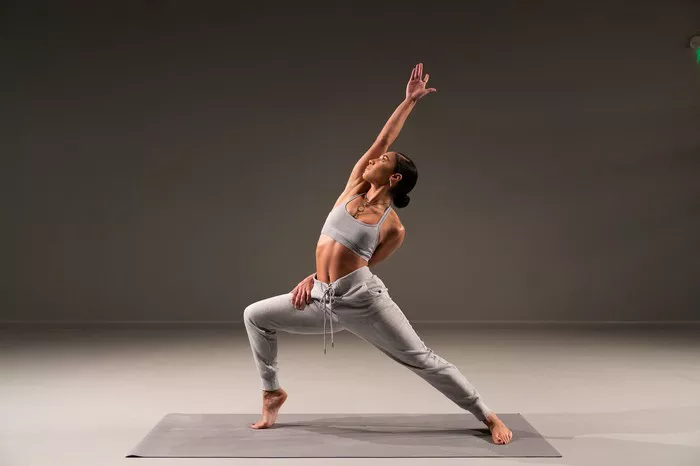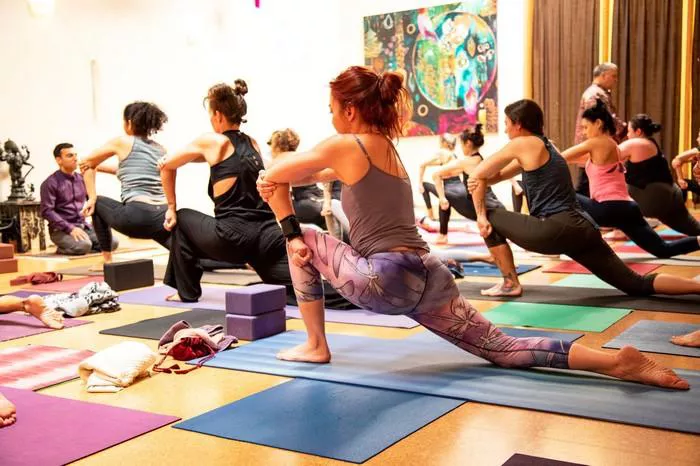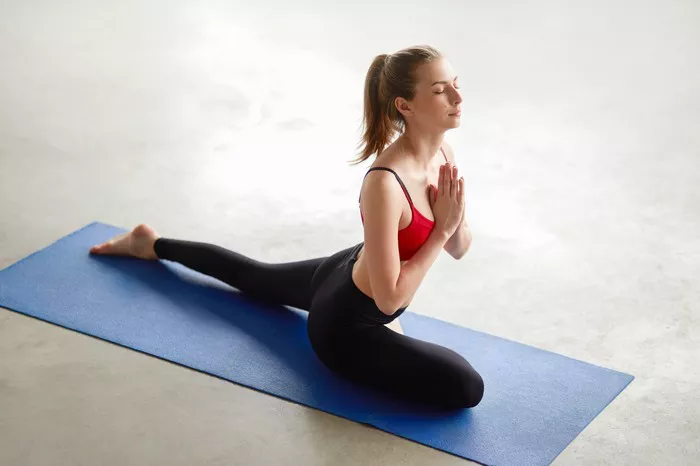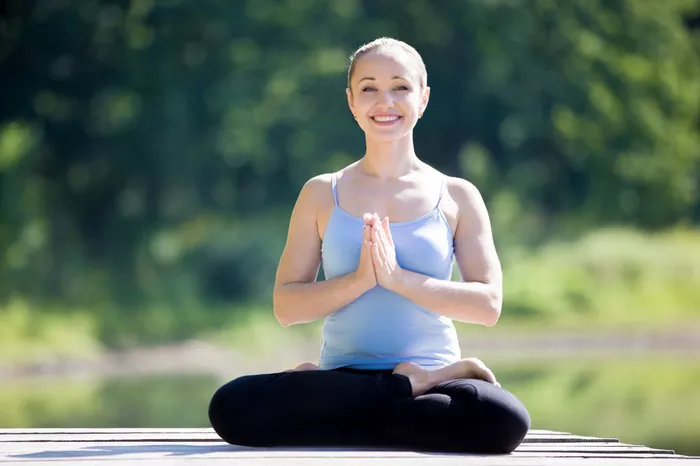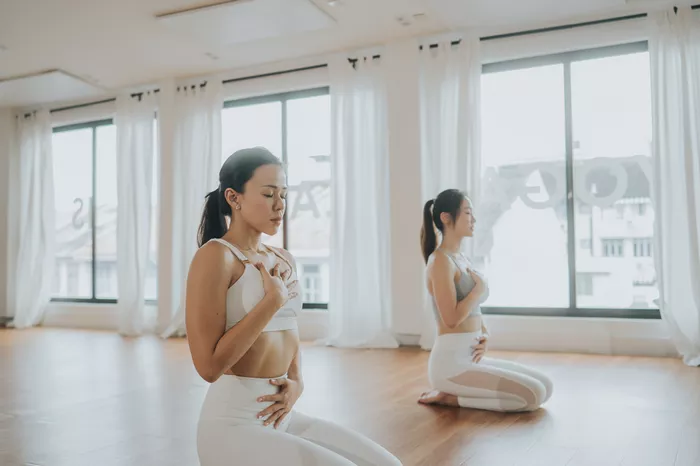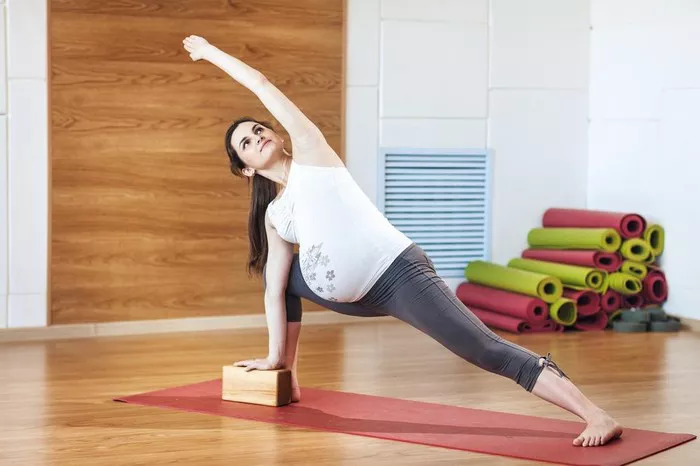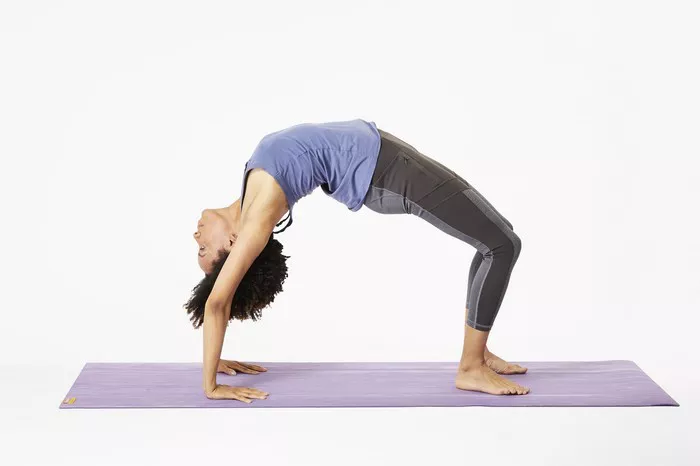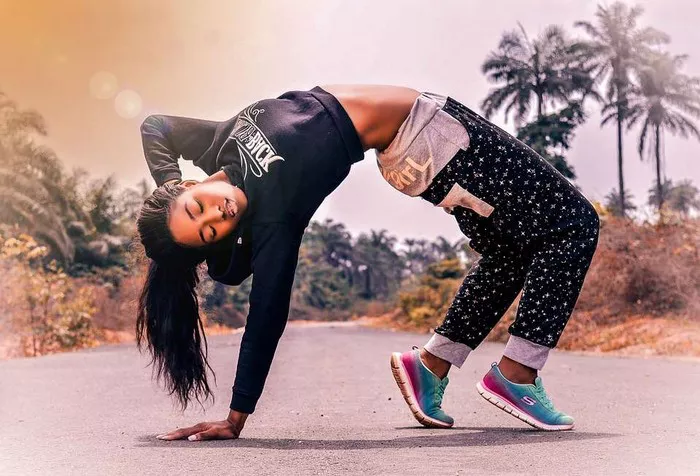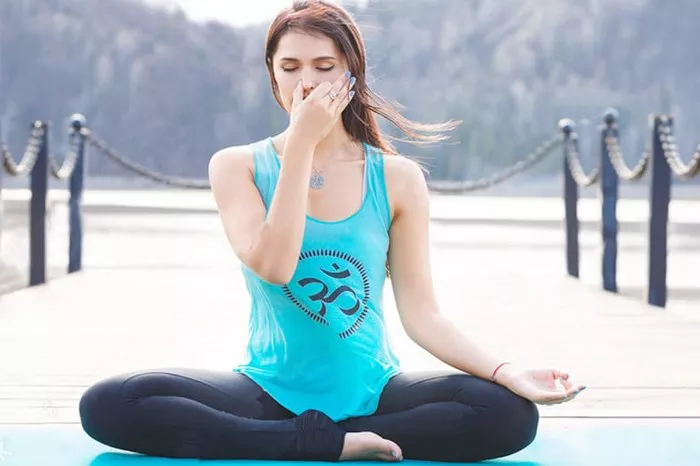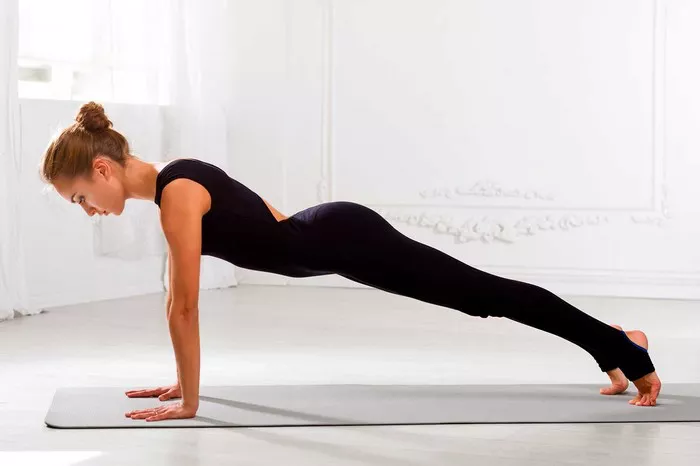Yoga, with its centuries-old practices and philosophies, offers a range of styles that suit various needs and preferences. Two of the most popular styles are Iyengar Yoga and Vinyasa Yoga. Both have gained a significant following worldwide, but they differ in their approach, pace, and focus. Understanding these differences can help practitioners choose which style aligns best with their goals, whether it’s improving flexibility, building strength, or finding relaxation.
In this article, we will explore the key differences between Iyengar Yoga and Vinyasa Yoga, including their history, principles, benefits, and how each practice is taught. By the end of this article, you will have a comprehensive understanding of these two yoga styles and be able to make an informed decision on which one to try or pursue further.
What is Iyengar Yoga?
Iyengar Yoga was founded by B.K.S. Iyengar, one of the most prominent yoga teachers in the world. Born in India in 1918, Iyengar developed this style after decades of practice and study, refining techniques that would help people achieve better alignment, strength, and flexibility. His system of yoga is known for its precise use of alignment and its emphasis on holding poses for extended periods.
Core Principles of Iyengar Yoga
Alignment and Precision: The hallmark of Iyengar Yoga is its focus on alignment. B.K.S. Iyengar believed that proper alignment in every posture is crucial to achieving the maximum benefits from the practice while avoiding injury. This style encourages precise body placement in each pose, ensuring that every muscle, joint, and bone is properly aligned to create balance.
Use of Props: Another defining feature of Iyengar Yoga is the use of props, such as blocks, straps, bolsters, and blankets. These props help students achieve proper alignment, improve posture, and modify poses to suit their individual abilities. Props are especially helpful for beginners or those with physical limitations, as they make poses more accessible and comfortable.
Hold and Sustain: Unlike other styles where poses are typically held for a short duration, Iyengar Yoga often requires practitioners to hold each asana for several breaths or even minutes. This emphasis on sustaining postures allows for deeper muscle engagement, greater concentration, and improved stamina.
Sequencing and Structure: Iyengar classes tend to follow a structured sequence of poses that builds progressively from easier to more advanced asanas. Each class is thoughtfully designed to ensure balance, strength, flexibility, and relaxation. This sequence-based approach makes it easier for practitioners to track their progress and understand the flow of each class.
Breathing and Awareness: Although breathing is an integral part of Iyengar Yoga, it is not the focal point of the practice. The primary focus remains on posture and alignment, with controlled breathing helping to deepen the asanas. This approach allows students to build mental clarity and physical strength without being distracted by excessive breathwork.
Benefits of Iyengar Yoga
Improved Alignment and Posture: The focus on precise alignment helps practitioners develop proper posture and avoid strain during daily activities. It also helps to correct imbalances in the body that can lead to discomfort or injury.
Increased Flexibility and Strength: Holding poses for longer periods allows muscles to lengthen and strengthen, improving both flexibility and strength. Over time, this leads to greater mobility and overall fitness.
Mind-Body Connection: The mindfulness of alignment and attention to detail encourages a strong mind-body connection, improving focus, concentration, and mental clarity.
Adaptability: Because of its use of props and modifications, Iyengar Yoga is suitable for practitioners of all levels, including beginners, seniors, and those with injuries or physical limitations.
What is Vinyasa Yoga?
Vinyasa Yoga is a dynamic and flowing style of yoga that synchronizes breath with movement. The term “Vinyasa” comes from the Sanskrit word “nyasa,” which means to place, and “vi,” which means in a special way. This reflects the practice of moving in a special, fluid sequence with breath. Vinyasa is often referred to as “flow” yoga due to the seamless transitions between postures.
Core Principles of Vinyasa Yoga
Flowing Movement: The key characteristic of Vinyasa Yoga is the flow of movement from one asana to another. Each movement is linked to an inhale or exhale, creating a rhythmic sequence that encourages fluidity and continuous motion. Unlike Iyengar Yoga, which emphasizes holding poses, Vinyasa is more dynamic and fast-paced.
Breath-Synchronized Movement: In Vinyasa Yoga, the breath is the foundation of each movement. Practitioners inhale and exhale as they transition between poses, which helps to maintain energy and focus throughout the practice. The breath guides the flow, making each class a meditation in motion.
Variety of Sequences: Vinyasa classes can vary widely, as teachers often create their own sequences to match the energy of the room or the intentions of the practice. Some classes are designed to be more challenging with fast-paced, intense sequences, while others may focus on restorative movements. This variability keeps the practice fresh and adaptable to the needs of the practitioner.
Creativity and Freedom: In contrast to Iyengar Yoga’s structured sequences, Vinyasa Yoga offers a sense of creativity and freedom. Instructors have the flexibility to incorporate a variety of poses, transitions, and even music into their classes, which provides a more personalized and dynamic experience for students.
Focus on Breath and Awareness: Although Vinyasa emphasizes the flow between postures, it is equally focused on awareness and mindful breathing. Practitioners are encouraged to cultivate presence through their breath and body, creating a meditative experience as the practice progresses.
Benefits of Vinyasa Yoga
Cardiovascular Fitness: The continuous movement in Vinyasa Yoga can elevate the heart rate, improving cardiovascular health and stamina. This makes Vinyasa an excellent option for those looking to increase their overall fitness.
Increased Flexibility and Strength: Like Iyengar Yoga, Vinyasa Yoga enhances both flexibility and strength. However, the dynamic nature of Vinyasa means that practitioners often experience a more full-body workout, engaging multiple muscle groups simultaneously.
Stress Relief and Mental Clarity: The flowing movement and breath synchronization create a meditative experience that helps reduce stress, calm the mind, and improve focus and concentration.
Variety and Creativity: The variety of sequences and personal expression in Vinyasa Yoga keeps the practice interesting and engaging. Practitioners are not bound to a fixed sequence, which allows them to explore their practice in different ways.
Accessibility for All Levels: Vinyasa Yoga can be adapted to suit beginners as well as advanced practitioners. Though some classes may be more challenging, many teachers offer modifications for different skill levels.
Which One is Right for You?
Choosing between Iyengar Yoga and Vinyasa Yoga largely depends on your personal preferences, fitness goals, and physical condition. Here are some factors to consider:
Choose Iyengar Yoga if:
- You prefer a slower, more structured practice focused on alignment.
- You are new to yoga or dealing with injuries or physical limitations.
- You like the idea of using props to support your practice and improve alignment.
- You want to deepen your understanding of yoga postures and their precise execution.
Choose Vinyasa Yoga if:
- You enjoy a more dynamic, flowing practice with a faster pace.
- You want to improve your cardiovascular fitness while building strength and flexibility.
- You enjoy creative sequences and the freedom to explore different movements.
- You’re looking for a more meditative experience through breath and movement.
Conclusion
Both Iyengar and Vinyasa Yoga offer unique benefits and experiences. Iyengar Yoga is ideal for those seeking a precise, alignment-focused practice, while Vinyasa Yoga is suited for those who enjoy flowing movements and the integration of breath with motion. By understanding the core principles and differences between these two styles, you can choose the one that best suits your needs, preferences, and fitness goals. Regardless of which style you choose, both offer powerful tools for improving your physical health, mental clarity, and overall well-being.
Ultimately, the best yoga practice is the one that resonates with you and supports your personal growth. So, whether you’re standing tall in an Iyengar pose or flowing through a Vinyasa sequence, the key is to find a practice that aligns with your body, mind, and spirit.
Related Topics:

